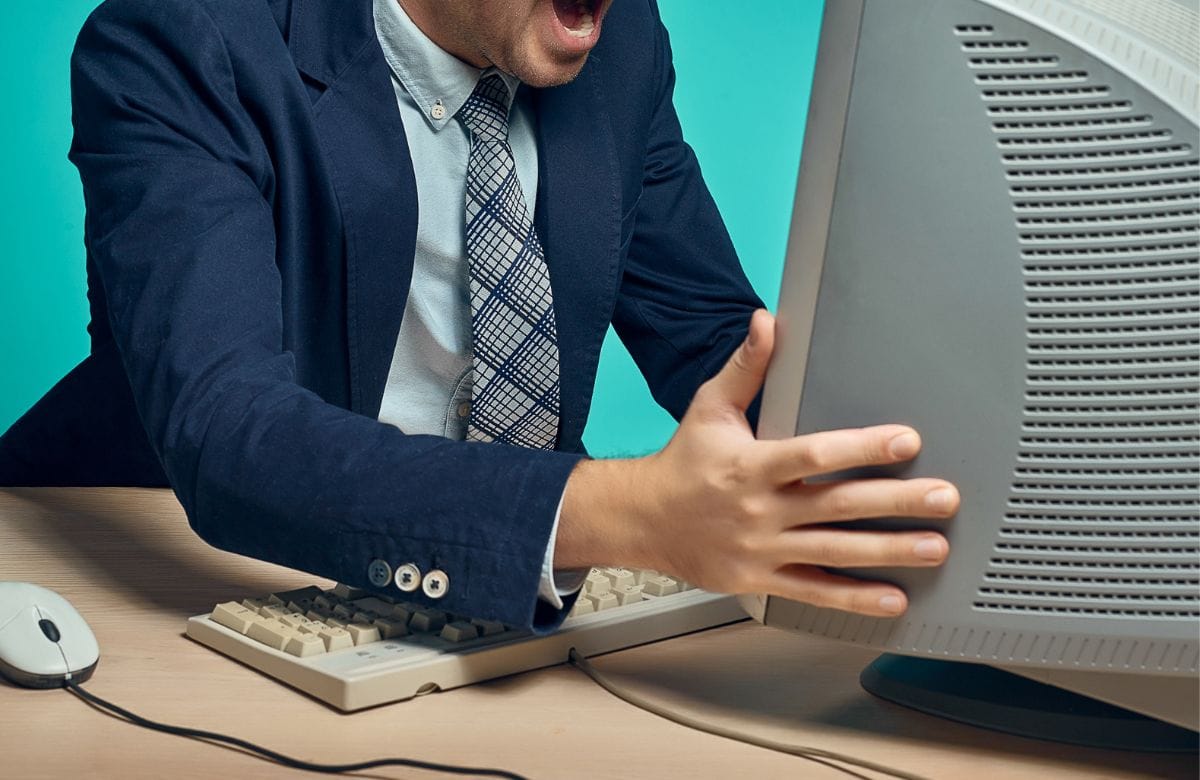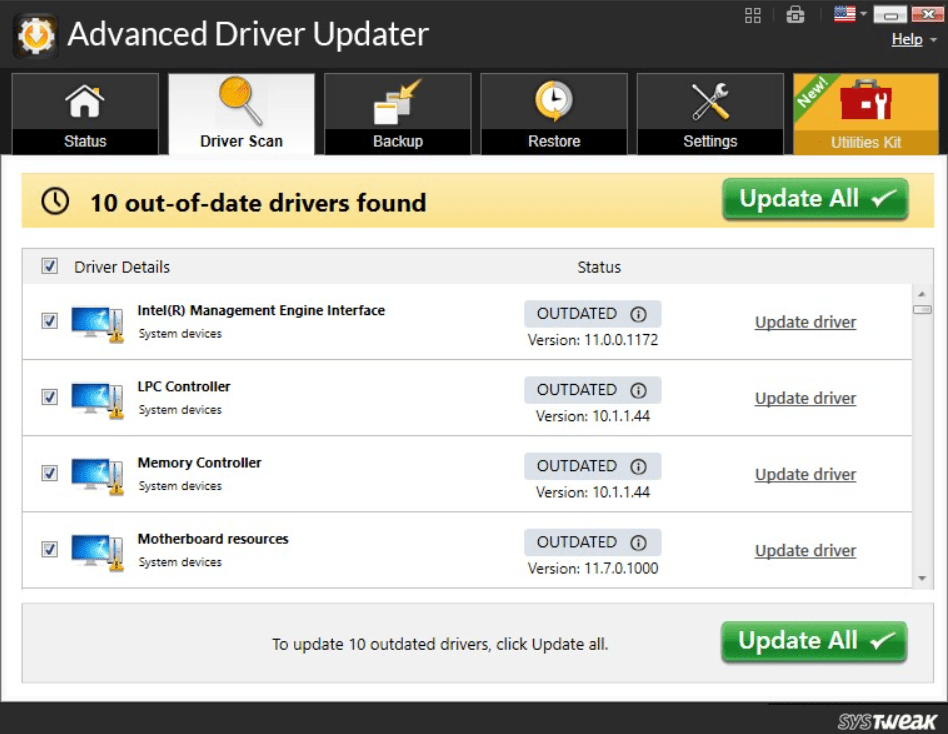Knocking down computers ranks as one of the fundamental technology items in the modern digital domain. The performance of computers faces critical harm from high temperatures that also reduce their life span and generate expenses for maintenance. The main factors causing computer overheating include inadequate ventilation and accumulated dust buildup as well as extended use without system shutdowns. It raises the temperatures inside, causing the machine to run slower or even face hardware failure.

Strategies for preventing this include regular maintenance, improved airflow, and professional computer cleaning service solutions. A cool computer ensures efficiency and avoids costly repairs. Knowing the factors that lead to computer failure and implementing safety practices ensures an extended computer lifetime.
Prevention Tips for Computer Overheating
The following guide provides practical methods to lower computer temperatures and prevent overheating to maintain optimal system performance.
Tip 1: Clean Your Computer Regularly
Dust is one of the main culprits behind overheating. Regular cleaning keeps fans, vents, and heat sinks clear for proper airflow.
- Use compressed air from a can to blow out the dust from the vents and fans.
- A gentle anti-static brush can clean all interior parts of the device.
- Using the vacuum cleaner for cleaning purposes is forbidden. It generates static electricity, which may be destructive to parts.
- Schedule an annual professional cleaning to thoroughly service your system.
Tip 2: Ventilation
Blocked vents disrupt airflow, leading to heat buildup. Proper computer location will considerably improve the ventilation.
- Position the computer on a hard, flat surface, not carpets or soft furnishings.
- Position it in a well-ventilated area away from walls or enclosed spaces.
- Do not stack objects around the computer, which may block the vents.
Tip 3: Monitor and Maintain Fans
Fans are important parts of your computer. Their functioning and efficiency will be critical for cooling your computer.
- Monitor noise or decreased airflow, where fans are supposed to be faulty.
- Replace worn or faulty fans when necessary.
- Upgrade or add a few more if the fans prove to be insufficient.
- Use fan control features to adjust their speed based on system temperature.
Tip 4: Management of Ambient Temperature
High room temperatures can quickly overheat computer systems. Therefore, the environmental climate should be well managed.
- An air conditioner or fan combined with moderate room temperature can provide better conditions for the system.
- Direct sunlight and heat sources must be avoided when placing the computer.
- For high-performance computers, one can choose external cooling systems with examples like liquid cooling systems.
Tip 5: Avoid Overclocking
Overclocking boosts hardware performance but also increases heat generation. Avoid this by limiting the overclocking process.
- Set hardware to its default state for optimal performance-temperature balance.
- Overclock if unavoidable but consider upgrading cooling mechanisms, such as high-performance fans or liquid cooling.
- Use software applications to track temperature and prevent overheating while overclocking.
Tip 6: Thermal Paste
Thermal paste enhances heat transfer between the CPU and its heat sink. It may degrade over time and prevent cooling.
- Reapply thermal paste every 2–3 years for optimal heat transfer
- Use only quality thermal paste and apply evenly for the best results.
- Hire a professional if you are unsure how to avoid mishaps when cleaning.
Tip 7: Update Software and Drivers
Outdated software strains the system, leading to overheating. Updates always improve performance.
- Always keep both the operating system and all drivers and firmware components on the most recent available versions.
- Disable background applications that consume your CPU power.
- Built-in power-saving modes reduce heat generation during idle periods.
Tip 8: Monitor System Performance
Detection of early overheating becomes possible through tracking both computer temperature levels and performance details.
- HWMonitor and SpeedFan tools enable users to monitor the internal temperatures of their computers.
- Configure alerts for high-temperature thresholds.
- Respond to performance drops or warnings to avoid further damage.
Tip 9: Power Down When Not in Use
Continuous use without breaks can cause overheating. As an effective solution, let your computer rest after intervals when working.
- Turn off your computer when idle.
- Set a break during high-intensity tasks such as playing games or video editing.
- Do not leave the computer running for too long.
Computer Overheating Causes
- Dust Collection: Dust accumulation clogs the internal components and blocks air circulation, keeping heat inside.
- Blocked Vents: Positioning the computer in an unsuitable location can block the vents and prevent heat dissipation.
- Faulty Fans: Defective or slow fans cannot cool the system sufficiently.
- High Ambient Temperatures: Operating computers in hot environments rapidly raises internal temperatures.
- Overclocking: Operating hardware beyond specifications creates conditions of extreme heat.
Conclusion
Dust accumulation together with vent blockage and inadequate cooling serve as primary causes that lead to computer overheating. All these problems require cleaning, proper ventilation, and fan performance monitoring. High ambient temperatures and overclocking can also cause overheating, but it can be controlled by regulating the environment and not straining hardware unnecessarily.
Applying thermal paste and updated software further improves cooling performance. Shutting down your computer while inactive also prevents heat from accumulating over time. Subsequent professional cleaning of your device by experts lengthens its expected lifespan. The implemented prevention measures will defend your computer from excessive heat and maintain its smooth operation.








